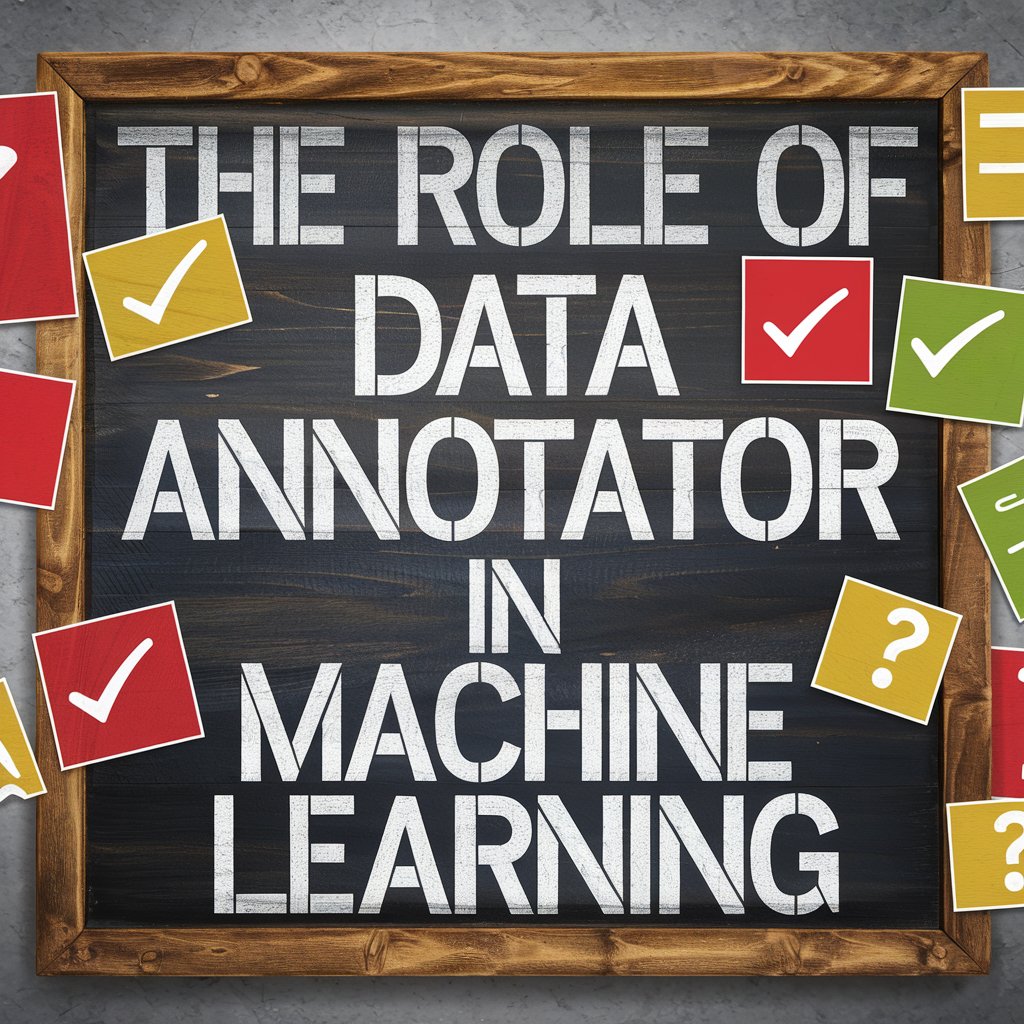How does machine learning make sense of the world? How do machines learn to recognize objects, understand language, or even predict outcomes? The answer lies in a crucial, often overlooked role – the data annotator. Machine learning models can’t identify patterns or draw conclusions without proper labeling. Let’s dive into the essential tasks and responsibilities of this key figure.
What is Data Annotation?
Data annotation services involve the process of labelling information, such as images, text, or videos, to make it understandable for machine learning algorithms. Without it, raw information is just that – raw and unusable. The goal of annotation is to provide the context that allows algorithms to learn and improve.
Key types of annotations include:
- Image labelling: Identifying objects, boundaries, and features in images.
- Text tagging: Highlighting keywords, phrases, or categories in written content.
- Video frame labelling: Marking specific actions or movements in video footage.
Each type serves a specific purpose in enhancing machine learning systems. Whether you’re working with autonomous cars, language models, or recommendation systems, annotated inputs are what make intelligent predictions possible.
The Responsibilities of a Data Annotator
A data annotator plays a central role in the machine learning pipeline. They are responsible for tagging or labelling vast raw information, ensuring it’s ready for model training. Many data annotation companies provide these services to ensure high-quality, accurate labelling. The job involves meticulous attention to detail, as incorrect labelling could lead to inaccurate predictions and unreliable models.
Some key responsibilities include:
- Tagging large datasets: Whether it’s labelling images, marking phrases, or categorising videos, annotators ensure that the information is tagged appropriately.
- Maintaining quality control: It’s not just about speed. Each tag needs to be accurate, relevant, and precise. Quality control is a big part of the role.
- Collaboration with engineers: Annotators often work closely with machine learning engineers to fine-tune the labelling criteria. This ensures that the annotated data meets the model’s learning needs.
Types of Annotations Used in Machine Learning
An annotator might perform several labeling types, each tailored to specific information the model is trained on. AI annotation, for example, involves text-based tasks such as marking key phrases or sentiments, like emotions in customer reviews. Image-based labelling identifies objects or boundaries within visuals, such as marking pedestrian areas for autonomous vehicles. Audio-based annotation focuses on tagging sound clips with speech patterns or ambient sounds, which is critical for voice recognition. These diverse forms of labelling ensure machine learning models can process a wide range of inputs and adapt to various applications effectively.
Why is High-Quality Data Annotation Critical?
The success of any machine learning model relies on the quality of its inputs, making high-quality labelling essential. Data annotation AI is critical in ensuring accurate labelling, improving model accuracy, ensuring reliable predictions, and reducing errors in real-world applications. It also helps minimise bias, promoting fairer outcomes. Consistent labelling enhances scalability, allowing models to perform well across various industries and applications. Since machine learning systems are only as effective as the inputs they receive, a well-executed labelling process leads to better-performing models capable of adapting to diverse tasks and environments.
Challenges Faced by Data Annotators
Although crucial, the job of a data annotator comes with its own set of challenges. What are these challenges, and how do they impact the machine-learning pipeline?
- Handling large datasets: Annotators often work with vast amounts of information, which can be time-consuming and tedious. Maintaining accuracy at scale requires focus.
- Ambiguity in labelling: Sometimes, the information being tagged is subjective. For instance, tagging emotions in text can vary depending on interpretation. Despite such challenges, annotators must ensure consistency.
- Evolving criteria: As models evolve, so do the labelling criteria. Annotators must stay updated with the latest guidelines, which may change frequently.
Data annotation services go beyond simple labelling tasks. They are a vital component of the machine learning process that ensures models are trained effectively and can make accurate predictions. High-quality annotation is what ultimately shapes the capabilities of machine learning models, allowing them to understand and interpret the world. As machine learning continues to evolve, the importance of accurate and consistent labelling will only grow. Ultimately, it’s not just about teaching machines to learn but about teaching them to learn well.






